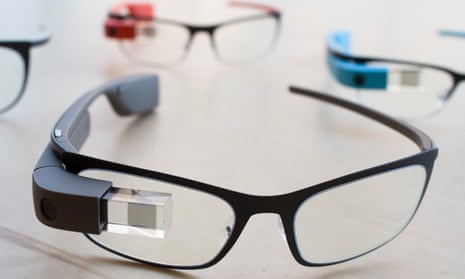Wearable technology is arguably the most exciting area of consumer technology at the moment, but its beginnings go a lot further back than you might expect.
Abacus Ring, 17th century

The abacus made of silver and placed within a ring, a relic of the Qing Dynasty that ruled China between 1644 to 1912, reportedly could be the earliest known form of wearable technology that wasn’t simply something pinned to clothing.
The ring was a fine piece of jewellery with tiny beads less than 1mm in diameter requiring something akin to a pin to move around, according to the Chinese government-backed China Culture, making it likely more decorative than a daily tool.
Pedometer, 1780
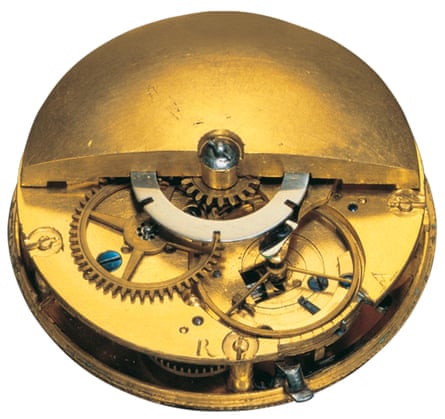
Leonardo da Vinci reportedly envisioned a mechanical device for counting steps, but it wasn’t until 1780 that a Swiss man by the name of Abraham-Louis Perrelet modified his self-winding watch mechanism to measure steps and the distance travelled when walking.
The pedometer we know today, and the 10,000 steps goal, were defined by Dr Yoshiro Hatano in Japan after research showed that was the required total conducive to creating a proper balance of calorie intake and exercise.
Exoskeleton, 1965

Many might remember the Caterpillar P-5000 Powered Work Loader from James Cameron’s sci-fi classic Aliens in 1986, but prototypes of a machine capable of boosting a person’s strength existed as early as the late 1800s. Arguably the first version of what we might recognise today as an exoskeleton – a machine that could move with a person – was the US armed forces Hardiman project with General Electric ran between 1965 and 1971.
Hardiman was meant to allow a person to lift 680kg, but while the machine moved, its motions were violent meaning testing with a person inside never progressed and the project was shelved.
Digital watch, 1972
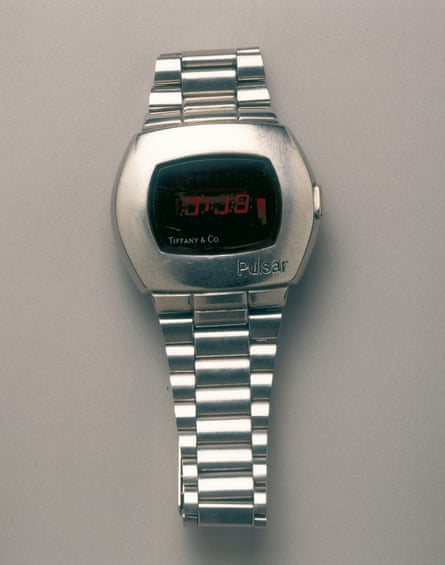
The first mechanical digital wrist watches were available in the 1920s, but it wasn’t until the 1970s that the first digital electronic wristwatch was developed. The Hamilton Watch Company partnered with Electro/Data to create the Pulsar, an 18-carat gold, red LED watch available in 1972 at $2,100. That’s more than $12,000 (£9,600) today.
Bluetooth headset, 2000

Synonymous with minicab drivers everywhere, the first Bluetooth headset wasn’t available until 2000, although the Bluetooth 1.0 specification was set in 1999 with the first Bluetooth-enabled mobile phone and headset shown off that year by Ericsson.
Danish technology company GN Netcom (now known as Jabra) sold its first Bluetooth headset in 2000. Plantronics – maker of the headset through which a certain US astronaut uttered the words “that’s one small step for man, one giant leap for mankind” – followed suit in 2001 and Nokia in 2002.
GoPro, 2004
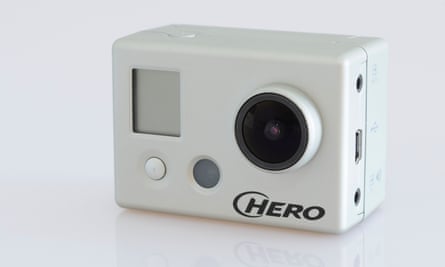
The first GoPro Hero, introduced at the San Diego Action Sports Retailer tradeshow, was sold by company founder Nick Woodman, shipped in 2004 and used 35mm film. A digital version with 10-second video capability was released in 2006, which led to the GoPro’s dominance of the wearable video camera market.
Pebble, 2012
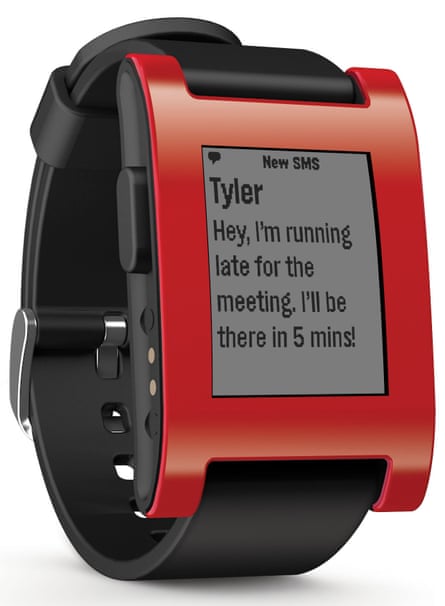
The Pebble could be hailed as the second coming of the smartwatch, after Microsoft’s Spot system, and is arguably the most influential in the last 10 years. The original Pebble was a Kickstarter success in 2012, generating $10m in pledges – a record at the time – and went on sale in US electronics retailer Best Buy in 2013.
The Pebble showed there was a repeating demand for smartwatches, revisiting Kickstarter for the Pebble Time ($20m in pledges) and the Time 2 ($13m), but the company eventually wound down and its assets were bought by fitness tracker-maker Fitbit.
Google Glass, 2013
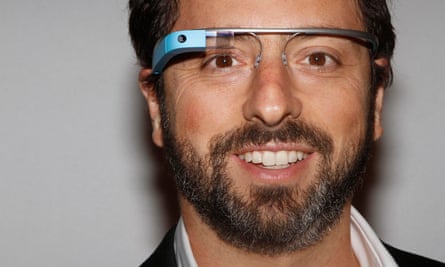
The notorious Google Glass was a prism-based, head-mounted display stuck to a camera and a glasses frame, that was intended to give the wearer at-a-glance information floating just above their right eye. It was announced in 2012, launched in the US as an early-adopter prototype called the Explorer Edition costing $1,500 in 2013, and was opened up to a wider audience in 2014. The UK version cost £1,000.
While wearing them was an interesting experience, the social stigma of having a camera strapped to your face saw a backlash from those around Glass wearers. It was eventually shelved in its current form in 2015.
Google Cardboard, 2014
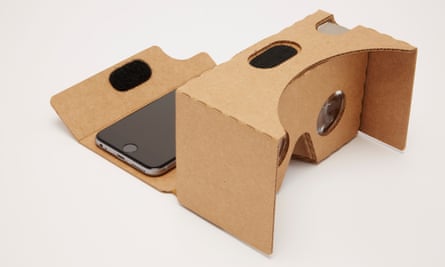
Launched at Google’s annual developer conference called I/O in 2014, Cardboard was born from a side-project by a group of Google engineers and made into a free virtual reality app you could download on your smartphone and slot into a holder you could attach to your face.
The big difference here is that the holder was literally made out of cardboard. Google released the designs so anyone could make one and so virtual reality could be done on the cheap. Since then the Cardboard headset has been upgraded once, the software has improved and it’s become an ubiquitous medium for marketers and educators.
Spectacles, 2016
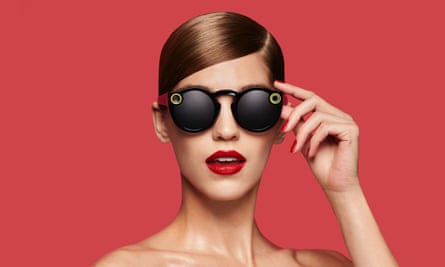
After the privacy outrage that caused Google Glass to be shelved in 2015, you’d think that strapping a camera to your face wouldn’t be the most advisable product, but that’s exactly what Snapchat’s Spectacles are – a camera mounted in a set of sunglasses.
It takes 10-second circular videos and fires them to your phone so you can send them to your Snapchat friends. It costs $130. They were initially available only from a few vending machines, but now are available to buy online in the US. If these get past the privacy invasion stigma that plagued Google’s efforts, maybe there’s hope for smartglasses yet.
